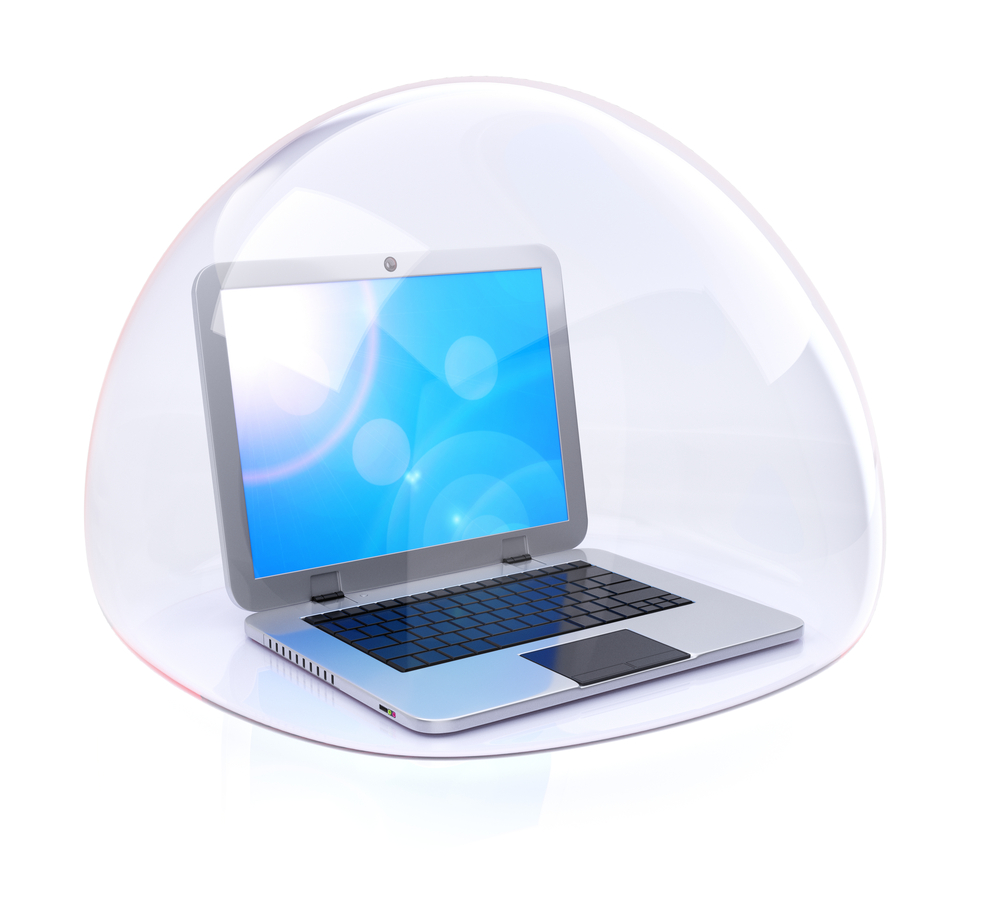Today's top malware threats -- are you prepared?

Today, data breaches are nothing short of the norm. Organizations like Target, Home Depot, and even the United States Government have fallen victim to cyber criminals illegally accessing and tampering with the sensitive data in their private systems. While cloud computing has simplified the way organizations manage data, it has also made it easier than ever for hackers to gain access to systems and get their hands on critical corporate information.
Of all the players taking part in today’s cyber crimes, malware authors are among the most powerful. Not only are they able to create new ways to steal sensitive information, they are also making the existing types of malware stronger and more effective. As malware becomes increasingly sophisticated, more and more household names and large corporations are becoming data breach victims. As result, headlines are flooded with news of the latest threats to be on the lookout for. Here are some of the top malware threats that companies should have on their radar and be prepared for.
What it is -- CryptoWall
CryptoWall first stepped onto the scene in early 2014. While security experts originally deemed CryptoWall to be a less threatening copycat of the well-known ransomware CryptoLocker, it later became clear that the creators of CryptoWall were testing the malware at the time. Using their findings, they were able to perfect it into a highly credible threat. . In just over a year, CryptoWall has totaled roughly $18 million in loses from the people forced to pay the ransom.
How to Stay Safe
The simplest way to avoid falling victim to CryptoWall is to be extremely cautious of clicking on anything online that looks suspicious. For example, CryptoWall infiltrates systems when a user opens an infected email attachment or clicks on a random online advertisement.
It’s also crucial to keep all pertinent corporate files and data backed up. If your system is attacked by the malware, it will encrypt your files and force you to pay a ransom in order to restore access to the data. However, if your data is properly backed up and secured, you can easily restore your data and be up and running in minutes without needing to pay a ransom.
What it is -- Jellyfish and Demon
Just as security experts have begun to understand and combat older versions of malware, new forms are continuing to surface. Jellyfish and Demon are two GPU-based malware variants that have the potential to be the next "great" threat.
Jellyfish is what’s known as a rootkit, a type of software that invites other variants of malware, such as CryptoWall, into a computer’s operating system, enabling the malware to be deployed.
Demon is a type of malware known as a 'keylogger', which means it can track the keystrokes on a computer in order to determine private login information. By using the direct memory access available on a GPU, Demon can access a system’s keyboard buffer, allowing it to track things as quickly as they are typed.
How to Stay Safe
While both Jellyfish and Demon are still only proof-of-concept malware, they could potentially wreak havoc in a big way. Because these forms of malware are GPU-based, the code can be cross-platform. So authors only need to write the code once, and it can be deployed across multiple systems. Jellyfish and Demon are more discrete than other types of malware, and the truth is, no one is prepared for them yet.
What it is -- Moose
Another proof-of-concept malware that has the potential to become the next prominent threat to cybersecurity is called Moose. Moose targets DSL modems, home routers, Linux-based operating systems, embedded computers and possibly anything connected to the Internet. Once it’s infiltrated these systems, the Moose worm turns the device into a proxy network for launching fraudulent social networking accounts.
Moose plays into weaknesses created by the Internet of Things (IoT). As attackers catch on to the fact that many Internet-connected devices don’t have sufficient security measures in place, they are learning more about the infrastructure and vulnerabilities associated with these devices and are better able to attack.
How to Stay Safe
Moose is of particular concern to industries that rely heavily on Internet-connected devices, and more and more users are relying on these types of items. The healthcare industry might be at more risk for this type of malware as most modern hospitals rely on EKG machines, oxygen monitors, pulse regulators and other devices -- many of which have recently become network-enabled — to care for their patients. In cases such as these, it is primarily up to their IT service provider to protect them from these potentially damaging threats.
Security experts are constantly uncovering new threats in the cyber landscape. This is why it’s vital for businesses of all sizes to stay up to date on malware threats, security trends, and expert advice to protect themselves from a cyber attack.
Image Credit: Aleks vF / Shutterstock
 Paul Hanley is the Senior Partner Support Engineer at Intronis, a provider of backup and data protection solutions for small businesses. Paul is responsible for directly addressing partner’s technical product concerns and performing second and third-level support. He frequently writes knowledge-based articles for Intronis' software partners.
Paul Hanley is the Senior Partner Support Engineer at Intronis, a provider of backup and data protection solutions for small businesses. Paul is responsible for directly addressing partner’s technical product concerns and performing second and third-level support. He frequently writes knowledge-based articles for Intronis' software partners.
